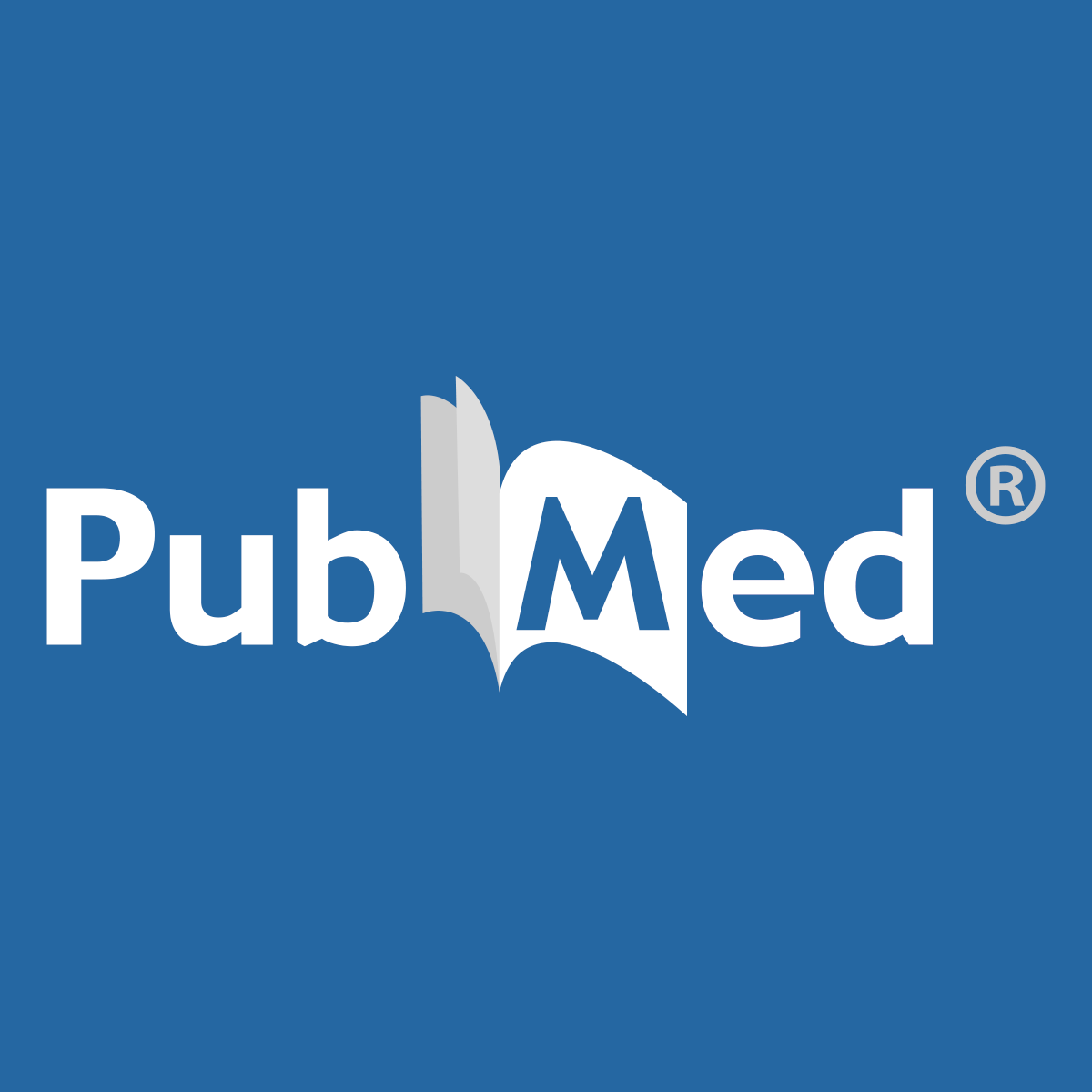
J Neurol Surg B Skull Base
DOI: 10.1055/a-1733-2585
Objective Surgical indications for advanced-stage squamous cell carcinoma (SCC) of the external auditory canal (EAC) are highly dependent on the skull base surgery team. The aim of this study was to evaluate the surgical outcomes in patients with SCC of the EAC and to clarify the surgical indication of far advanced cases using the T4-subclassification. Methods Patients with SCC of the EAC who underwent curative treatment from 2002-2021 were retrospectively reviewed at our hospital. Clinical and surgical results, including operative data, overall survival (OS), and disease-specific survival (DSS) were analyzed. To clarify the surgical indication for advanced stage, we proposed the T4-subclassification. Results In 46 patients, the tumors were in T1 stage in 8 patients, T2 in 10, T3 in 5, and T4 in 23. The 5-year DSS with T1, T2, T3, and T4 tumors were 100%, 85.7%, 100%, and 61.7%, respectively. No prognostic impacts for margin status were found between the 5-year OS and DSS (p = 0.23 and p = 0.13). Patients with far advanced stage (T4b) tumors were significantly associated with shorter DSS than those with early stage (T1/T2) and advanced stage (T3/T4a) tumors (p = 0.007 and p = 0.03). Conclusion The present study focused on patients with SCC of the EAC at a University hospital over a period of 20-years, especially with skull base involvement, and a T4-subclassification was proposed. Complete tumor resection in an en bloc fashion could help to achieve a good survival rate even in patients with locally advanced tumors.
[...]
Georg Thieme Verlag KG Rüdigerstraße 14, 70469 Stuttgart, Germany
Article in Thieme eJournals:
Table of contents | Abstract



